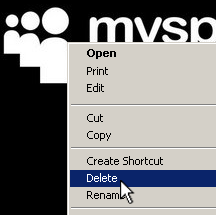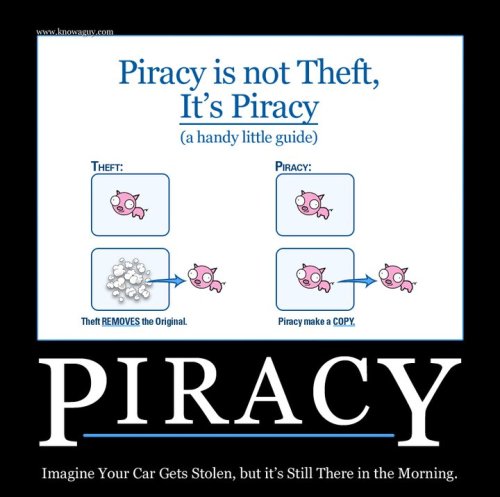Quit MySpace Day – the Aftermath
It is interesting to see what happened after Quit MySpace Day. From the looks of it on Twitter, a lot of people either quit MySpace or had something to say about it. I think that’s more important than people just leaving their accounts dormant or taking it for granted. Perhaps MySpace will notice, though I doubt it. Let’s see what people said.
Steve Lawson explains why he quit MySpace and mentions something a lot of people we’re saying: “Oh you’re just doing it to be cool”. He rightfully point out it’s not about being cool but re-evaluating whether the site has any added benefit or is just a waste of time.
Mr. Tunes is one of the people who thought about it and said “no, I’m not quitting“. Oddly though he lists all the reasons why you should quit, even mentions he hasn’t used the site in two years and continues to say the one reason he keeps his accounts is for the contacts. Honestly, if I wanted to keep a list of contacts, I would not rely on MySpace to maintain that list for me. I’d make one myself. He points out that indeed a lot of promoters and such still ask for people’s MySpace, but that’s a sstupid reason to keep MySpace, if you can just as easily send then to BandCamp or SoundCloud or better yet: your own site.
Andy Derrick seems most fervently opposed to the idea of quitting MySpace. While he seems greatly offended by Andrew Dubber’s idea, he also doesn’t have seem to have read what Dubber has posted. Apart from the fore-mentioned argument that promoters seem to love MySpace, his argument mostly revolves around “don’t do what some bloke tells you to”. He mentions he has a wide web-presence and I agree, but that doesn’t mean you can be selective about which sites you do and don’t want to be on. Personally I think it’s clever to discover your own place and decide not to invest time in a site that costs you more than it gives back.
Of course you could also go the clever route like Little Things That Kill did. They didn’t delete their MySpace, they simply put up a big warning saying MySpace is dead and you should go look them up elsewhere.
Musformation.com comes with a potentially good reason to keep your MySpace: Google ratings. For most bands their MySpace will either come in first or second when you look them up on Google. Still that seems like an odd argument, because if you have a good band name and you don’t have a MySpace, wouldn’t your own site make it to the top automatically. Unless you call your band “The Paris Hilton’s” of course, good luck staying on top.
Other site’s mentioning the Quit MySpace Day are DIYMusician (also mentioning the Google & promoter argument), Eerste Hulp bij Plaatopnamen (in Dutch), Jeroen Mirck (in Dutch), Hypebot, Netwaves and Wayne Meyer (who has written a good piece about it too; “I can quit any time I like. Honest.”)
I think as far as starting the discussion about the use of MySpace, Quit MySpace Day was a great success and remains to be. The ultimate irony is that a few days after, MySpace announces it’s rolling out an overhaul of the entire website. Not a coincidence I’m sure, but makes you wonder.
Like this? Buy me a drink!


